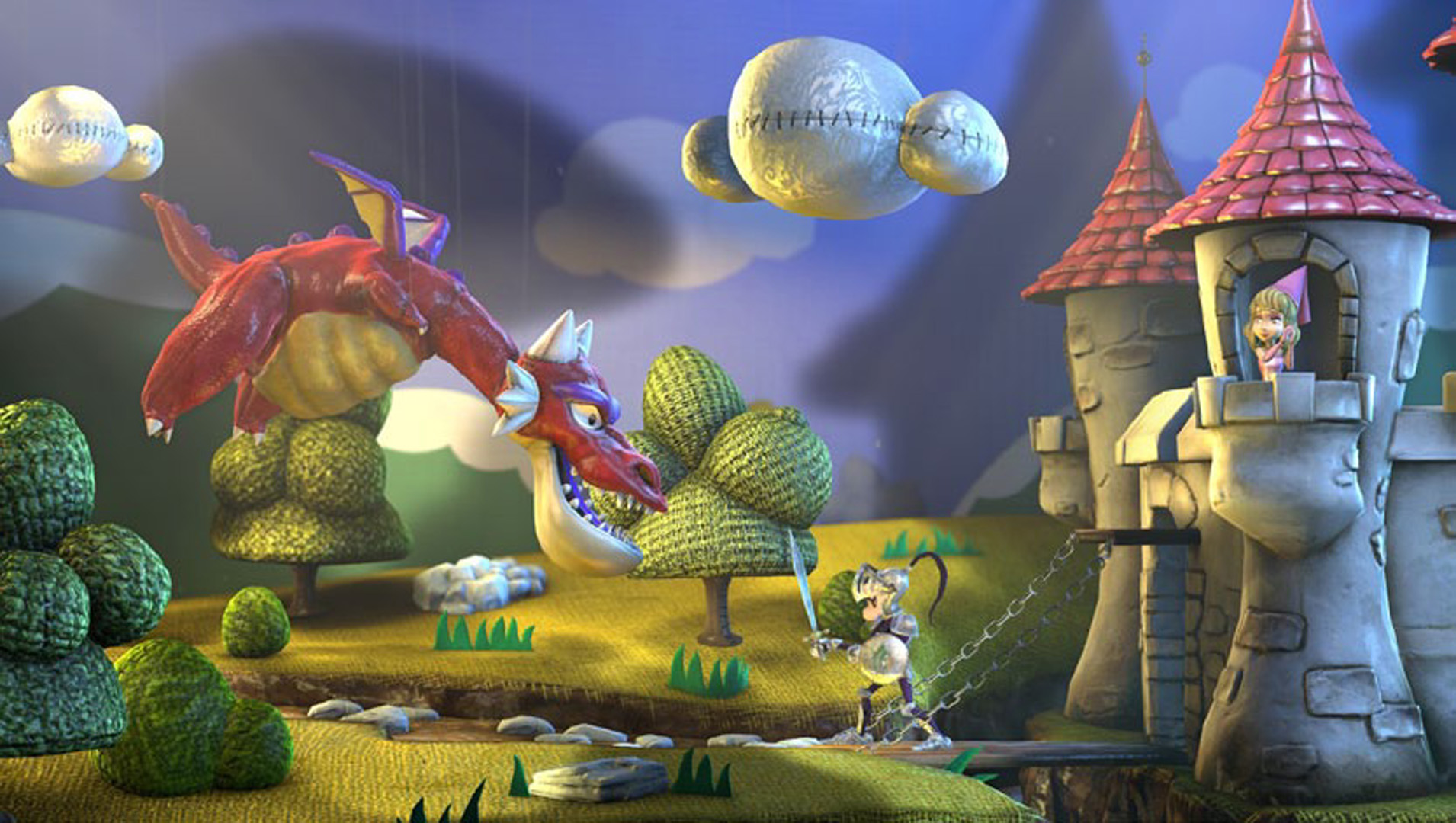“Leo” by Wiley, McKee, Ali, Harada, Heath, et al. …
Conference:
- SIGGRAPH 2012
-
More from SIGGRAPH 2012:


Type(s):
E-Tech Type(s):
- Animation
Title:
- Leo
Developer(s):
Description:
The Leo Demo showcases a real-time, DirectX 11, forward-based lighting pipeline designed to allow for rendering scenes with no practical limit on the number of lights (1000s). Scenes can be made of arbitrarily complex materials (including transparencies) and multiple lighting models—all while supporting hardware MSAA and efficient memory usage.
Specifically, this demo uses DirectCompute to cull and manage lights in a scene. The end result is a per-pixel or per-tile list of lights that forward-render-based shaders use for lighting each pixel. This technique is leveraged to provide beautifully naturalistic single-bounce global illumination lighting in the Leo Demo by spawning virtual-point light sources where light strikes a surface. The lighting in this demo is physically based in that it is fully HDR, and the material and reflection models take advantage of the ALU power available on modern GPUs to calculate physically accurate light and surface interactions (multiple BRDF equations, realistic use of index of refraction, absorption based on wavelength for metals, etc).
The beautifully naturalistic lighting in the Leo Demo is achieved entirely with run-time lights and utilizes a combination of direct and indirect lights. The lighting is complemented with volumetric lighting effects and multiple high-resolution exponential shadow maps for increased realism and detail.
The novel lighting and material pipeline developed for the Leo Demo is fully dynamic and interactive at run time. Every light source and mate- rial in the demo can be modified and updated at run time.




